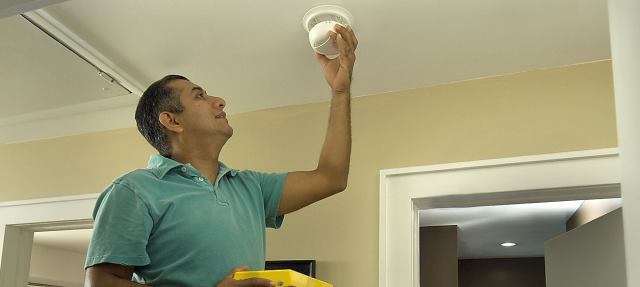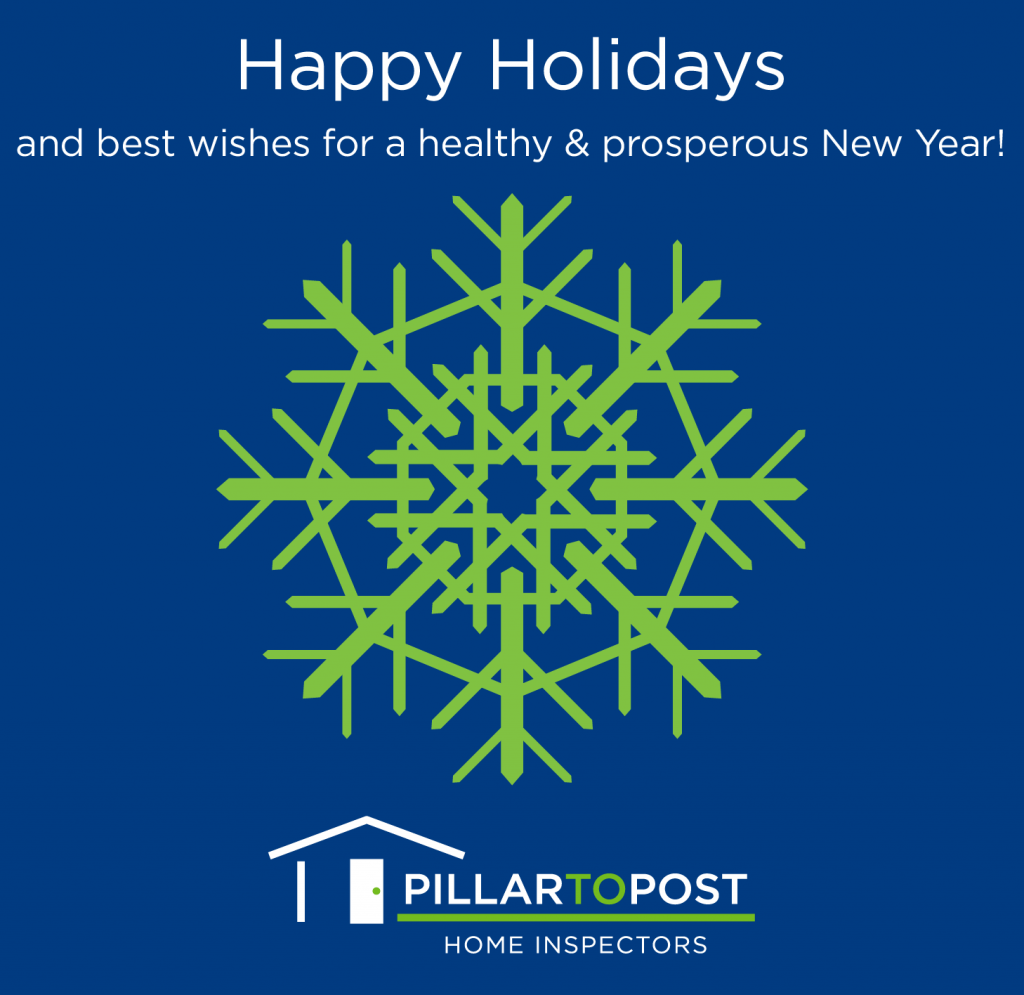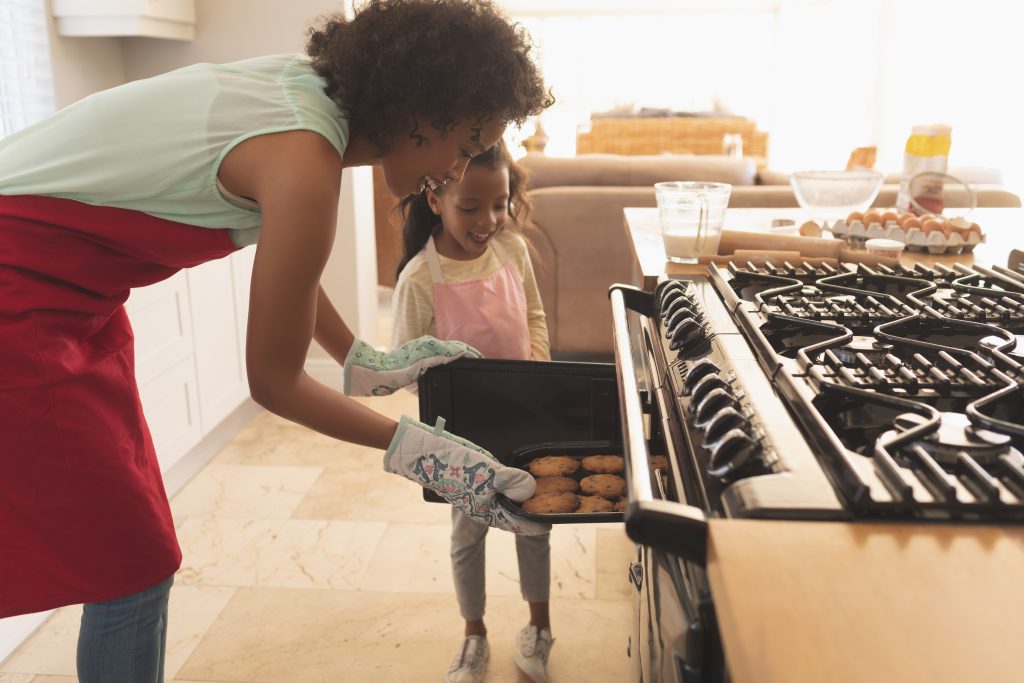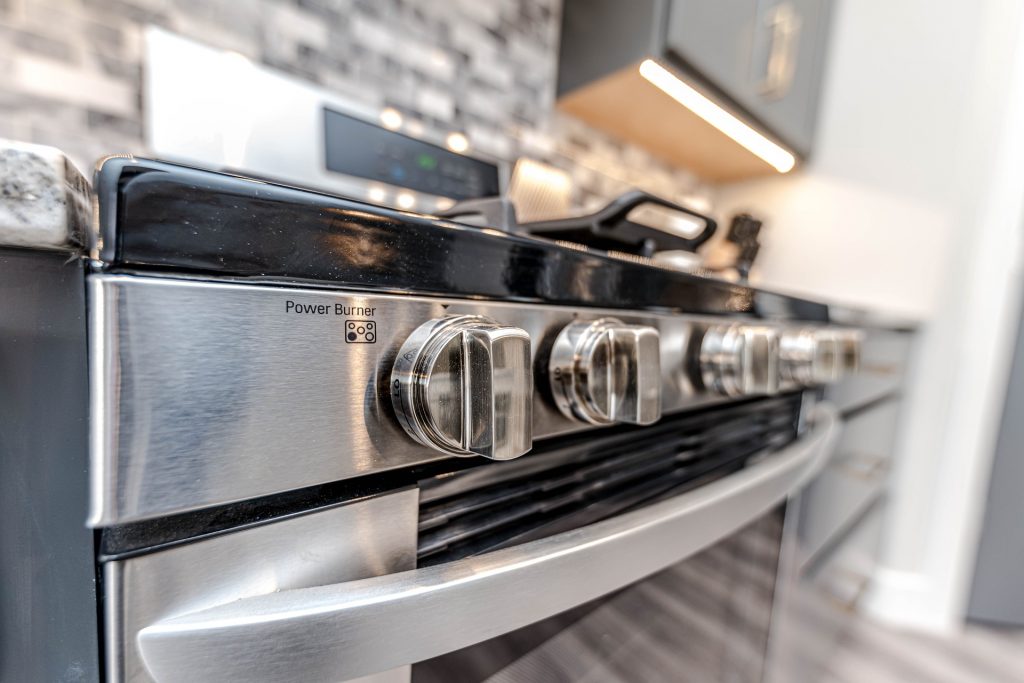
CO is an odourless gas produced by the combustion of fuels such as natural gas, oil and propane in devices including furnaces, water heaters and stoves. These appliances are designed to vent the CO to the outside, but incomplete combustion of fuel, improper installation, or blockages, leaks or cracks in the venting systems can cause CO to reach harmful levels inside the home. Dangerously high levels of CO can lead to incapacitation or death, with victims sometimes never having been aware they were being poisoned.
Homeowners can take action against carbon monoxide poisoning by taking the following steps:
- Never use a gas stove or oven to heat the home, even temporarily.
- Have all fuel-burning appliances professionally inspected annually, preferably before the start of the cold weather season when heaters and furnaces are first used.
- These appliances include gas stoves and ovens, furnaces and heaters, water heaters and gas clothes dryers.
- All such devices should be properly installed and vented to the outside.
- Have flues and chimneys for gas fireplaces inspected regularly for cracks, leaks, and blockages that may allow a buildup of CO to occur.
- Don’t start a vehicle in a closed garage or idle the engine in the garage even if the overhead door is open.
- Gasoline-powered generators and charcoal grills must never be used indoors.
- Install a CO detector (either battery operated, hard wired or plug-in) and follow the manufacturer’s instructions for proper location.
- Learn what to do if the CO alarm activates.
Enjoy the comfort and safety of home this winter and all year long.


 icon and select "Add to Home Screen".
icon and select "Add to Home Screen".










